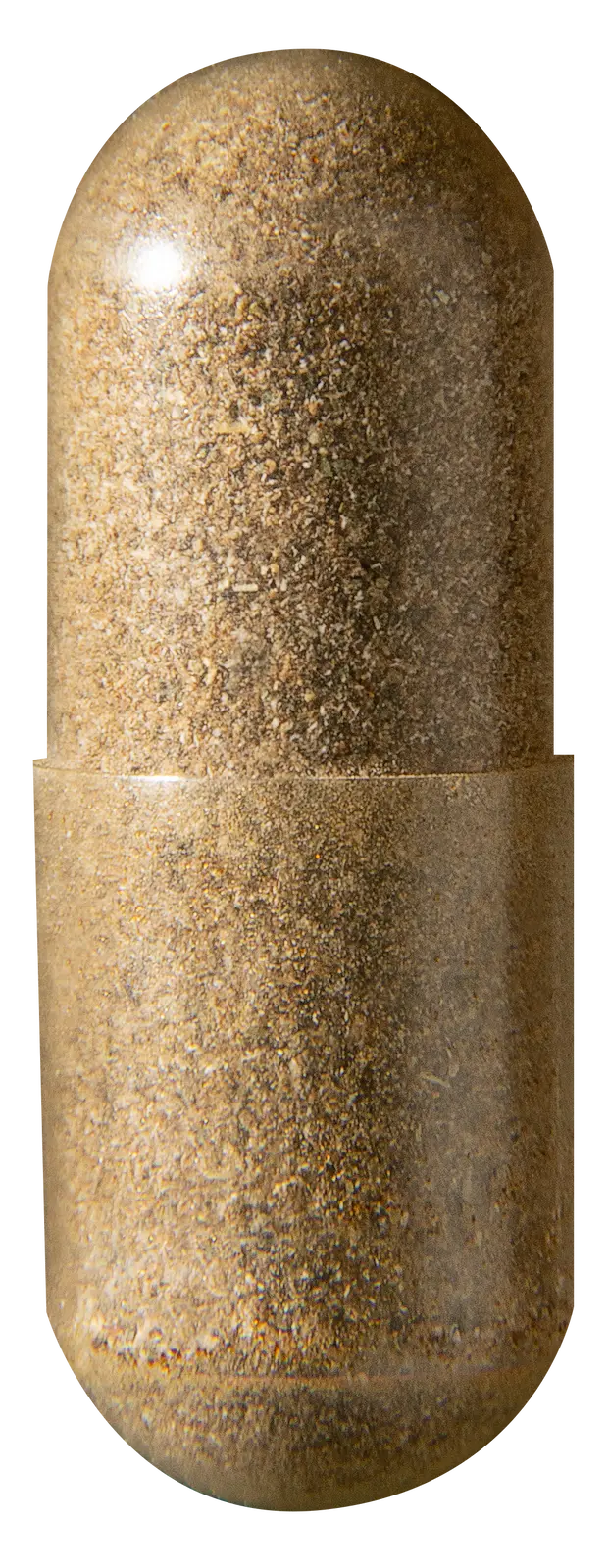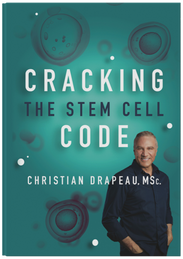The Story of Stem Cell Enhancers
The story of the discovery of and use of stem cell enhancers began when Christian Drapeau started working with the blue-green algae Aphanizomenon flos-aquae (AFA) back in 1995. He came across reports of recovery from several debilitating diseases and started his quest for finding how AFA could have so many health benefits.
Serendipitously, in 2001 he came across an article titled “Turning Blood into Brain”, which documented the transformation of transplanted stem cells, for the treatment of leukemia, into neurons in the brain. Upon looking further, Christian came across more articles that reported the transformation of bone marrow stem cells into liver and heart cells.
This gave rise to the germ of the idea that stem cells could potentially transform into other cells in the human body, functioning as the body’s repair system. And in the back of his mind was the idea that maybe AFA acted as a stem cell mobilizer.
To investigate this hypothesis, they used a flow cytometer for quantifying circulating stem cells. Using human subjects, they fed AFA to participants and monitored the number of circulating stem cells at time 0, 1 and 2 hours. As hypothesized, the researchers observed a 25% rise in circulating stem cells within an hour of consuming AFA, which returned to baseline 2-3 hours after consumption of AFA.
While Christian’s journey with stem cell enhancers was initiated with AFA, he also investigated different plants that he suspected could function as stem cell enhancers. The most effective of these are incorporated in Stemregen, a dietary supplements for advanced stem cell support.
Sea Buckthorn Berry Extract (StemberryTM)
Sea buckthorn or Hippophae rhamnoides, has antioxidant properties that help prevent DNA damage and supports cardiovascular health. Historically, sea buckthorn berry has been used in Tibetan, Mongolian and Chinese Medicine for the treatment of conditions affecting the lungs, the heart, the cardiovascular system, the pancreas, and for the healing of burns and bone fracture. The wide array of health benefits made it an interesting candidate as a stem cell enhancer. And indeed, Drapeau showed that the consumption of a sea buckthorn berry extract was associated with the mobilization of several types of stem cells.

Aloe macrolada
Aloe macrolada, from Madagascar has been used for centuries for back pain, liver and digestive problems, and for easing the aging process in older people. Of the more than 65 species of aloe growing in Madagascar, only Aloe macroclada has been used historically by Malagasy healers. They collect the sap that they prepare into small pellets that they sell at the local marketplace. When tested, the consumption of the recommended dose of 3 pellets was associated with a substantial rise of up to 60% in the number of circulating stem cells, within 2 hours after consumption. The stem cell mobilization effects of A. macrolada lasted for more than 3 hours.

Fucus Vesiculosus Extract
Fucoidan is a complex sugar found in brown seaweeds. It is commercially extracted from a handful of seaweeds, including Undaria pinnatifida (Wakame), Fucus vesiculosus (Kelp), Chordaria cladosiphon (Limu), and Ecklonia cava (Paddle weed). Fucoidan from Undaria and Fucus have been documented to trigger stem cell mobilization. Furthermore, extract of Fucus and Ecklonia also contain phlorotannins that have been associated with exceptional health properties. An extract of Fucus vesiculosus is therefore a great ingredient for a product aimed at supporting tem cell mobilization and overall health.

Stem Cells and Health
Since stem cells constitute the natural repair system of the body, supporting stem cell mobilization and increasing the number of circulating stem cells is bound to help improve various types of health conditions.
A blend of AFA, sea buckthorn berry extract, aloe macroclada, fucus extract and a few other natural stem cell enhancers has been documented to significantly improve ejection fraction in cardiac patients. Ejection fraction is the volume of blood ejected from the heart at each heartbeat, and it constitutes one of the more important parameters used to monitor cardiac function.
Regarding diabetes, stem cells have the ability to naturally migrate into the pancreas and transform into insulin-producing cells in the pancreas.
Likewise, stem cells have the ability to migrate into the brain and support the repair of certain areas of the brain. Supporting endogenous stem cell mobilization (the release of one’s own stem cells) has been documented to help improve various conditions affecting the nervous system.
Conclusion
Various natural ingredients including blue-green algae AFA, A. macrolada, sea buckthorn berries extract, and Fucus Vesiculosus have been used since ancient times for the treatment and management of a multitude of ailments. Research studies and clinical investigations revealed that these substances mobilize stem cells from the bone marrow and increase the number of circulating stem cells. In turn, circulating stem cells can migrate into different organs and tissues, and transform into cells of that tissue. In addition to being effective stem cell mobilizers, these plant-based extracts have anti-inflammatory and antioxidant properties that promote the overall health and functioning of the body. Supporting the release of one’s own stem cells has the potential to improve a wide range of health conditions and to support healthy aging.





